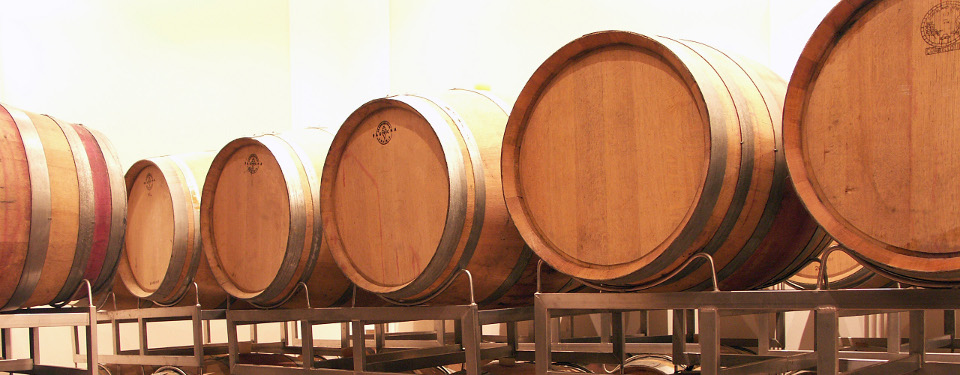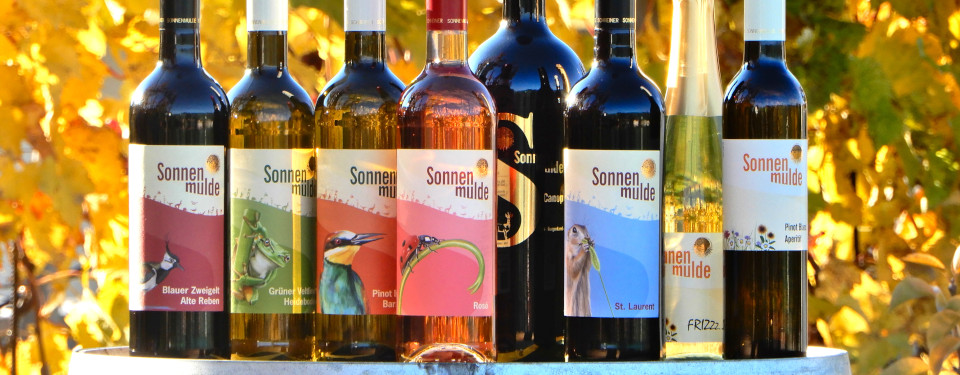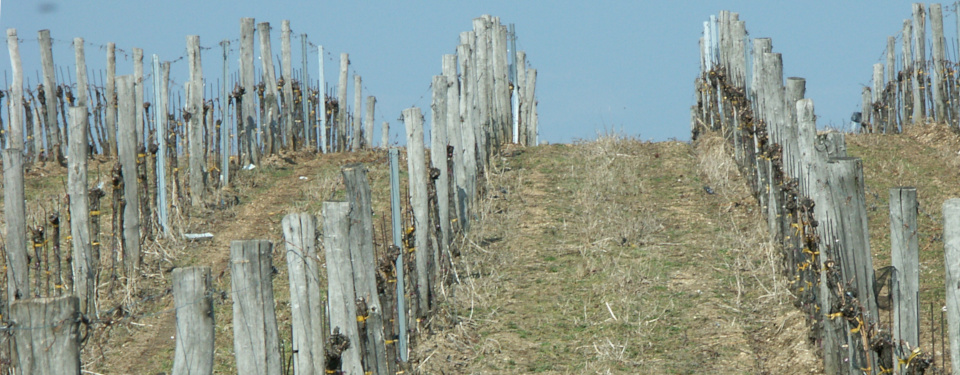How to taste 150 wines?
« 2010 | 2009 | 2008 »
Current News » Events »
Recently I had the opportunity to participate as an official taster at a wine challenge. There were 158 wines to be rated within about three hours and since there is always the question how it is possible to taste and reasonably judge more than a handful of wines, I will provide a quick record on how this can be done.
Let’s start with the environment. The tasting has to be blind of course which means that the tasters only know about the wines what they really have to (vintage, grape variety) but never about which winery a specific wine comes from. To separate all tasters and thereby preventing them from distracting each others ofthen a tasting cabin is used that can only house a single person. All these measures are aimed at reaching tasting results that are as neutral and fair as possible altough that is not considered equally important all over the world. But this is a different story altogether.
What the tasters then need are glasses, fresh water, some bread to neutralize the taste and the tasting can start. The wines are poured in quick succession, tasted and the tasters write down their personal ratings. Here lies the most important fact of all professional tastings! The tasters already have to know beforehand what the wines should taste like, what is good wine and what’s bad. This can only be learned by a lot of tasting experience and therefore it’s common that only persons that are familiar with the wines in the challenge are invited for the tasting. Nevertheless, after about 40-50 samples it is enough for everyone and even with very focused attention it becomes difficult to differentiate the fine nuances of the wines. This means it is time for a couple minutes break which is used mostly to relax your brain because a tasting is mainly a matter of very focused attention where someone has to recognize and process all impressions from the wine.

The rating follows one of many available scoring systems, some use 100 points as the theoretical maximum, some use 20 and some use something completely different. Most commonly more points are better, but sometimes its exactly the opposite. That means that the tasters have to be familiar with the scoring system in use to be able to provide reliable results but this can of course also be learned and trained. Nevertheless it is not uncommon to taste a couple wines in the open beforehand to harmonize the tasters ratings a bit. During the tasting there are some wines offered more than once wich makes it possible to recognize if a taster provides constant ratings during the tasting.

Finally the ratings of all tasters are evaluated, for example by simply calculating their average score. There are more sophisticated methods available as well to exclude misjudgements where one excellent wine could for example reach only a medicore placement in the challange because of one false very bad rating. But all this are details, the important message is that it is possible to taste around 150 wines in a very short time but only by adhering to a very strict tasting procedure that the tasters are also well familiar with. Such a tasting is extremely interesting and instructive as well, especially if the tasters can afterwards compare their personal ratings to the final results. It is on the other hand also exhausting and not exactly an fun tasting experience. For this I also prefer to concentrate on only a few wines and take much, much more time for every one of them.
Page Top »










